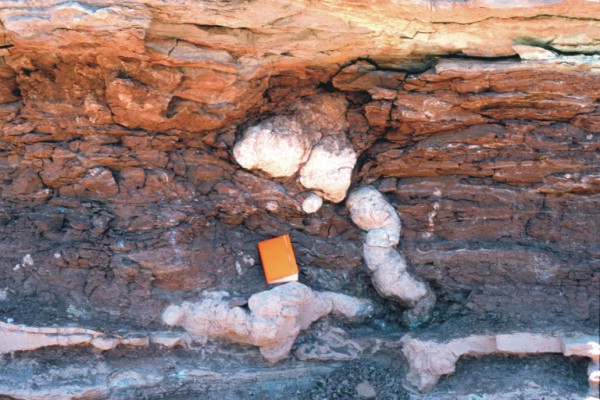Biology Professor arrested?
http://blog.al.com/breaking/2010/02/biology_professor_accused_in_u.html
And how long before evolution is to blame? I bet within 24 hours
POST-BLOG
far too easy for me.
This blog is dedicated to examining issues regarding the rise of anti-science in the USA. Anti-science comes in many forms (creationism, intelligent design, mysticism etc). Intelligent design and her half-sister, young earth creationism are particularly active in attempting to destroy modern science in favor of a theocratic educational system. The views on this page are mine and mine alone and do not reflect the views of my employer, my family or the worms in the backyard.
http://blog.al.com/breaking/2010/02/biology_professor_accused_in_u.html

So, the challenge for me by my creationist friend was to explain the Austin chalk because he apparently believes its existence is supportive of a global flood. I don't know where he got the idea that massive Cretaceous chalk deposits were evidence for a global flood because they are typically held forth as evidence AGAINST the global flood. Nevertheless.....

 (Photo by J. Meert).
(Photo by J. Meert).
So a creationist on facebook has challenged me for an explanation of the "Austin chalk line". I take it for some reason that the existence of the Austin Chalk is evidence for a global flood. I must admit that were I ever to return to young earth creationism, I would not use the Austin chalk as evidence for the great flood, let alone a young earth. In fact, I would be very careful not to mention chalk deposits like this one (or the white cliffs of dover) in the hope that the old earther I was debating would forget to bring it up. Why is this such a poor example for flood geology?
(1) Creationist geologists may have different views as to where the pre-Flood/Flood boundary is in the geological record, but the majority would regard these Upper Cretaceous chalks as having been deposited very late in the Flood.
(2)Quite clearly, under cataclysmic Flood conditions, including torrential rain, sea turbulence, decaying fish and other organic matter, and the violent volcanic eruptions associated with the ‘fountains of the deep’, explosive blooms on a large and repetitive scale in the oceans are realistically conceivable, so that the production of the necessary quantities of calcareous ooze to produce the chalk beds in the geological record in a short space of time at the close of the Flood is also realistically conceivable.
I received the following questions from a young earth creationist on facebook. Not much room to answer there, so I've posted them here: